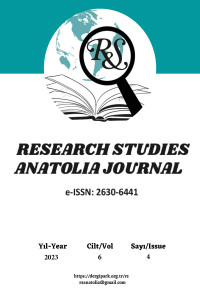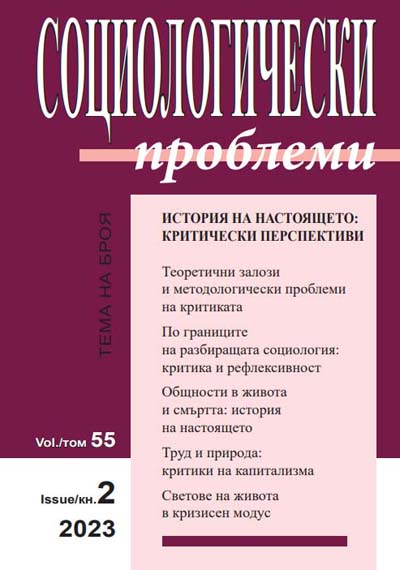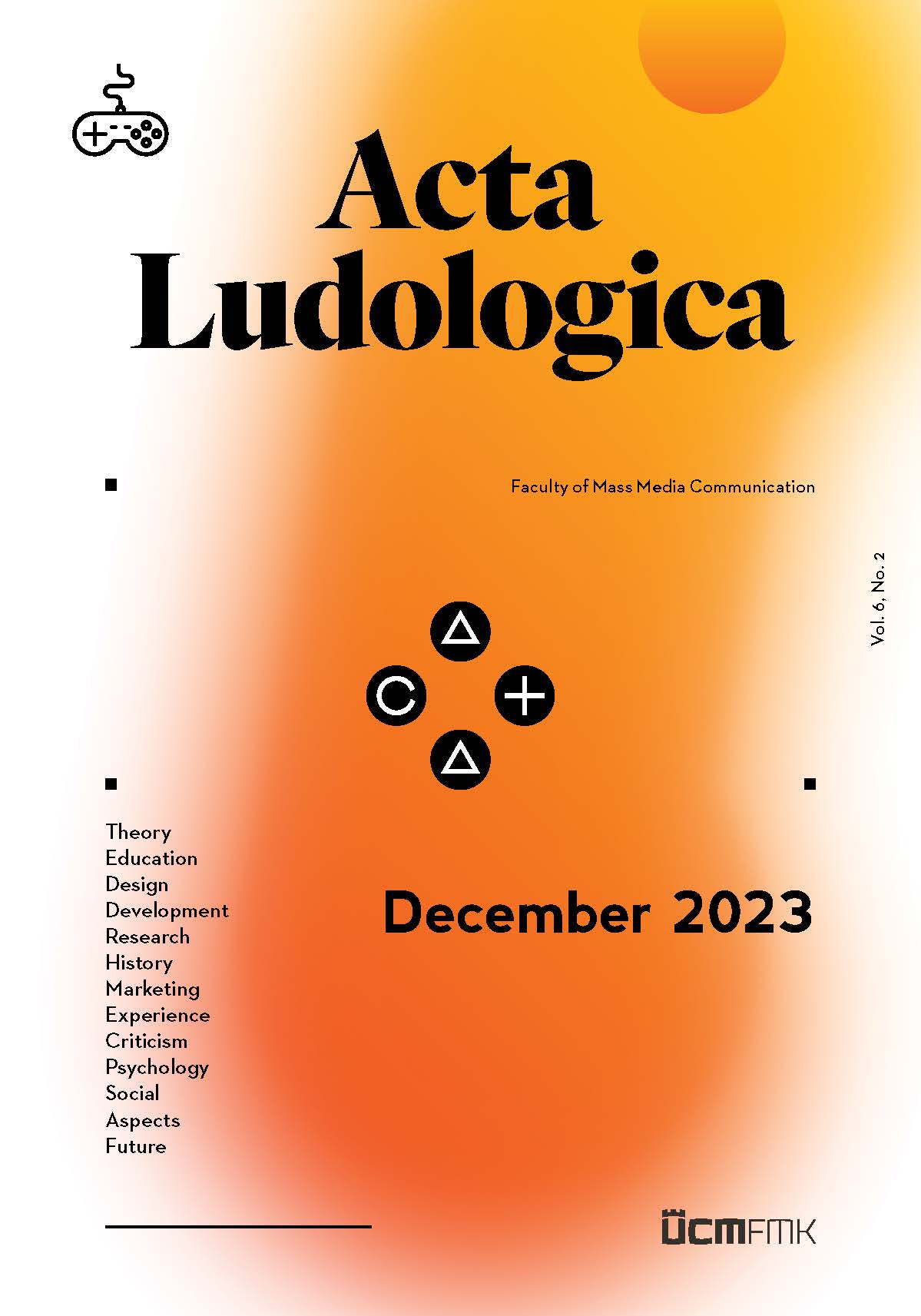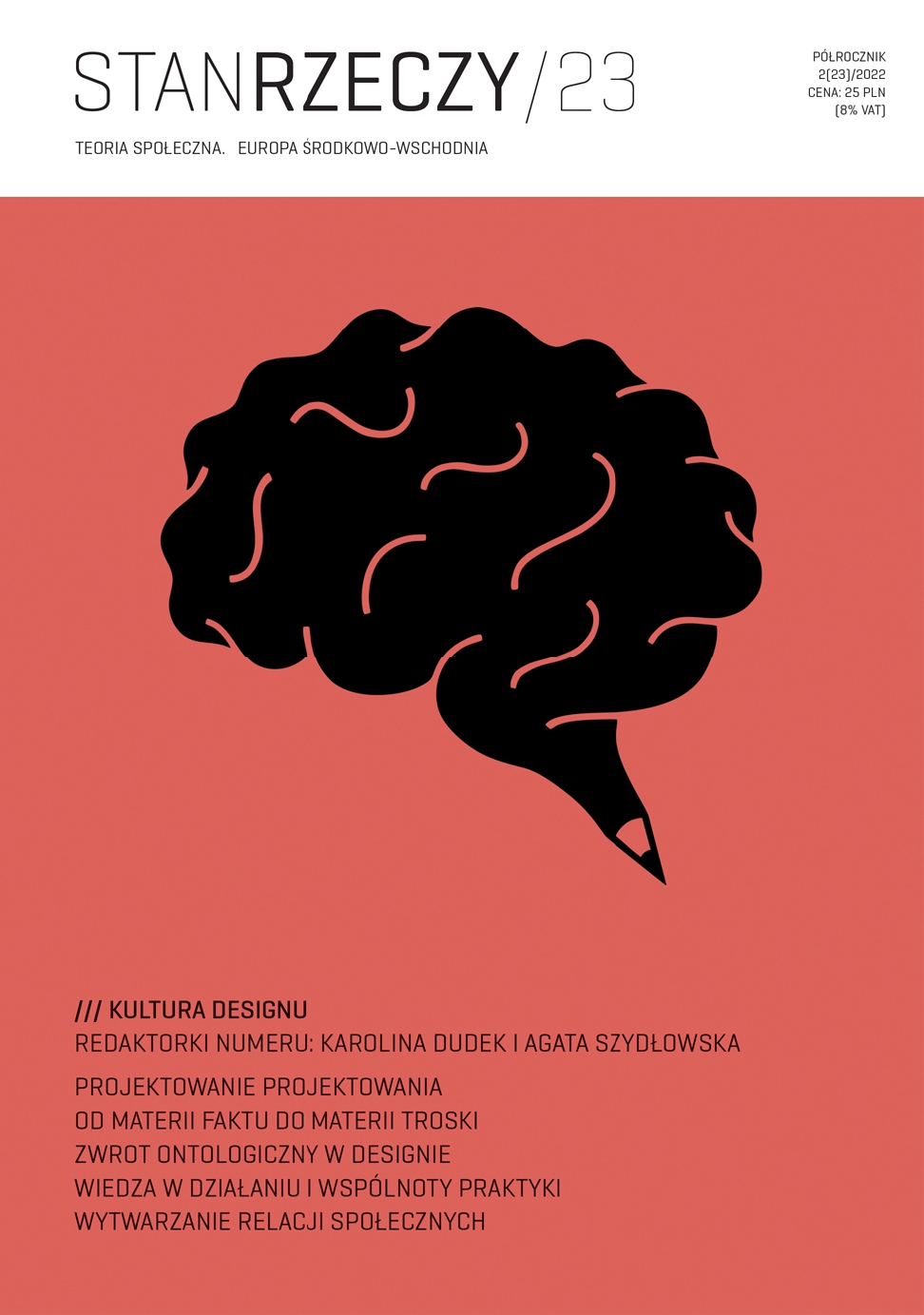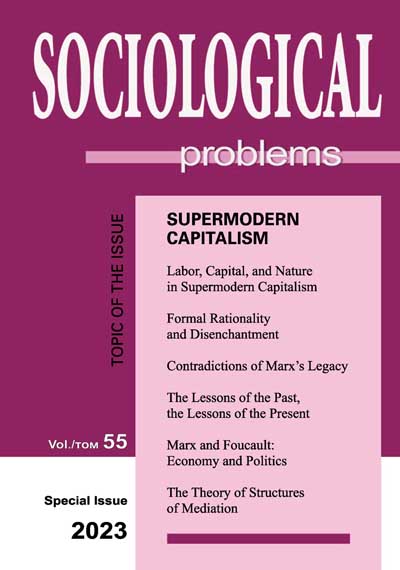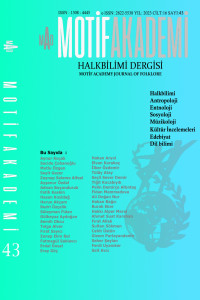
GAZİANTEP KENT MERKEZİNDE HAMAM KÜLTÜRÜ
Baths hold an important place in Turkish culture as traditional cleansing spaces. Designed within spacious structures, baths have been social areas where cultural values revolving around cleanliness are preserved and social interactions take place. The bath tradition in Anatolia is a continuation of the Roman bath culture, which has gradually acquired new values and formed its own distinctive identity. In this study, the aim was to document and preserve the bath culture in the city center of Gaziantep within the framework of safeguarding both tangible and intangible cultural heritage. To achieve this goal, a combination of literature review, personal interviews, and observational methods were employed to gather data. The obtained data aimed to determine the current state and changes in Gaziantep's bath culture over the past century. Following an introduction to the history of bath culture and information about Gaziantep's baths, the study provides insights into the various types of baths and the literary works created around the bath culture in Gaziantep within the context of ceremonial traditions. Subsequently, information about the Gaziantep Hamam Museum, which contributes to the recognition of bath traditions in the city's culture, is presented. Furthermore, a glimpse is given into the changing bathing structures and culture in contemporary times, along with the transformation and evolution of the bath tradition. As a result, it has been observed that over the past century, baths, once vibrant cultural spaces, have gradually lost their traditional functions. Traditional baths have been gradually replaced by individual home bathrooms and new establishments within the framework of luxury consumption, such as hotels, where some of the old traditions have been lost while others have been updated and transformed.
More...
